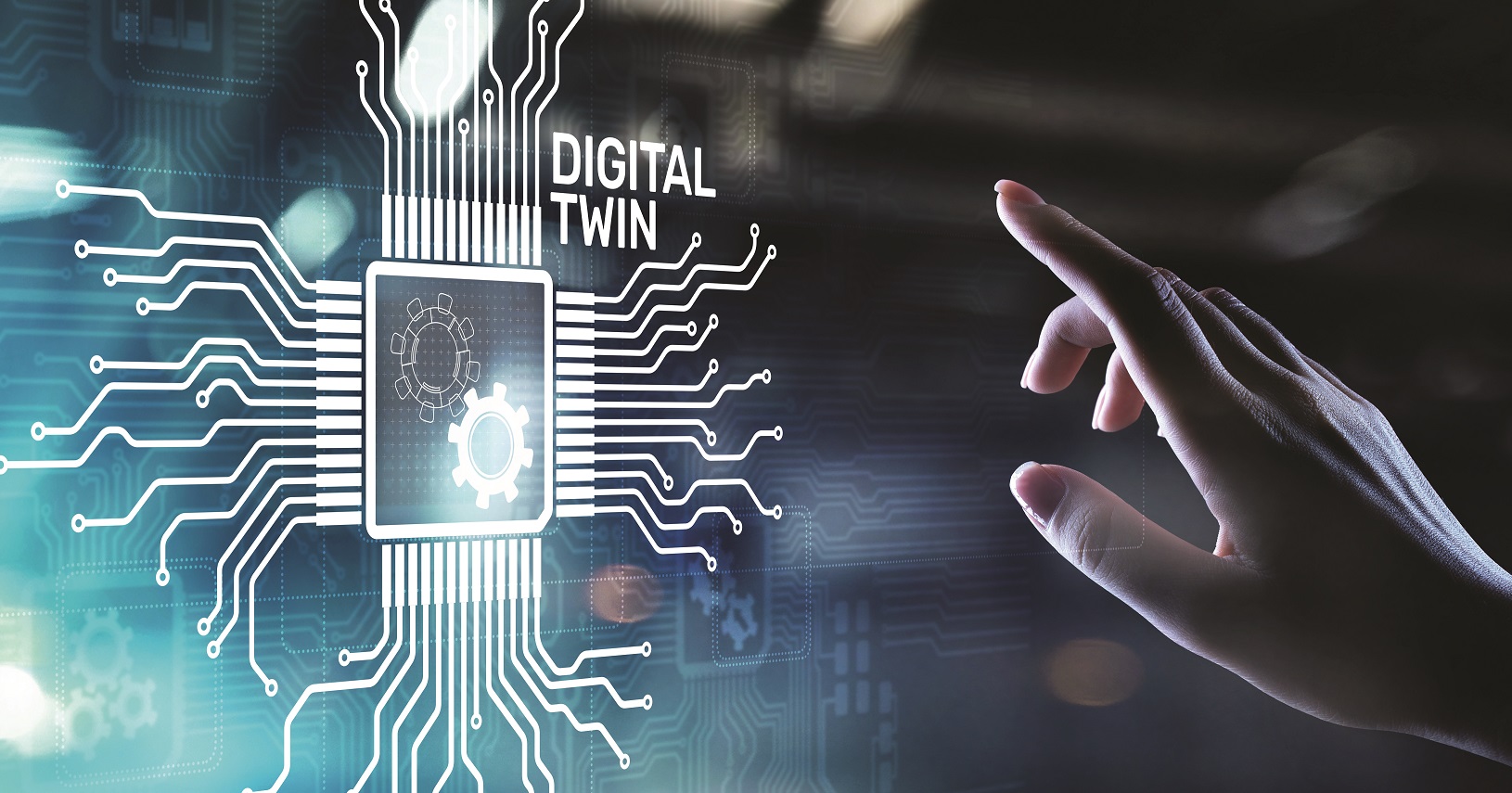Digital twin as a foundation
A digital twin of the electricity grid creates a living, data-driven model of network conditions. This allows utilities to run “what-if” analyses, simulate scenarios, and evaluate investments before making them. Instead of relying on static assumptions, planners can understand the real impact of EV growth, renewable integration, or new load patterns – and design the grid with confidence.
By shifting from static to predictive planning, utilities can better prepare for tomorrow’s challenges, while also improving asset management and operational efficiency today.
From meter reading to accurate prediction
Grid planning is moving beyond averages to precise forecasting and asset intelligence. By combining smart metering data with advanced analytics, utilities can:
- Run scenario analyses (e.g., what happens if 40% of households adopt EVs?).
- Forecast loads using historical data, time-of-use insights, and weather conditions.
- Assess asset health and predict which infrastructure elements are at risk
- Accelerate connection approvals for distributed resources.
- Support flexibility integration and market participation.
This proactive approach reduces unplanned outages, extends asset lifetimes, and ensures that investments are directed where they matter most.
Benefits of digital twin for utilities
- Improved operational efficiency: reduced losses, detected outages, improved power quality.
- Identify critical upgrades and at-risk equipment.
- Anticipate congestion before it becomes an issue.
- Plan grid expansion for renewables and EV growth and reduce time for new grid connections.
- Enable faster integration of flexibility services.
- Increased grid utilization.
- With predictive grid planning, utilities are building networks that are dynamic, resilient, and ready for a more electrified future.
Quick expert view | Aleš Glavina, Global director for software management, Iskraemeco
How does predictive planning change the way utilities make decisions?
Traditionally, utilities planned the grid based on historical averages and static assumptions. Predictive planning introduces real-time data and simulation capabilities, allowing them to test scenarios, anticipate risks, and evaluate investments before they commit. It shifts decision-making from reactive to proactive.
What role does the digital twin approach play in this transformation?
A digital twin creates a dynamic model of the grid, enabling utilities to run “what-if” analyses. It helps utilities move from assumptions to evidence-based planning, improving both resilience and cost efficiency.
How does this ultimately benefit customers?
Predictive planning enables more reliable service with fewer outages, increased grid utilization, faster integration of renewables, and improved operational efficiency. Customers gain transparency, stability, and opportunities to actively participate in energy markets – whether as prosumers, flexibility providers, or simply as consumers who want more control over their energy use.




